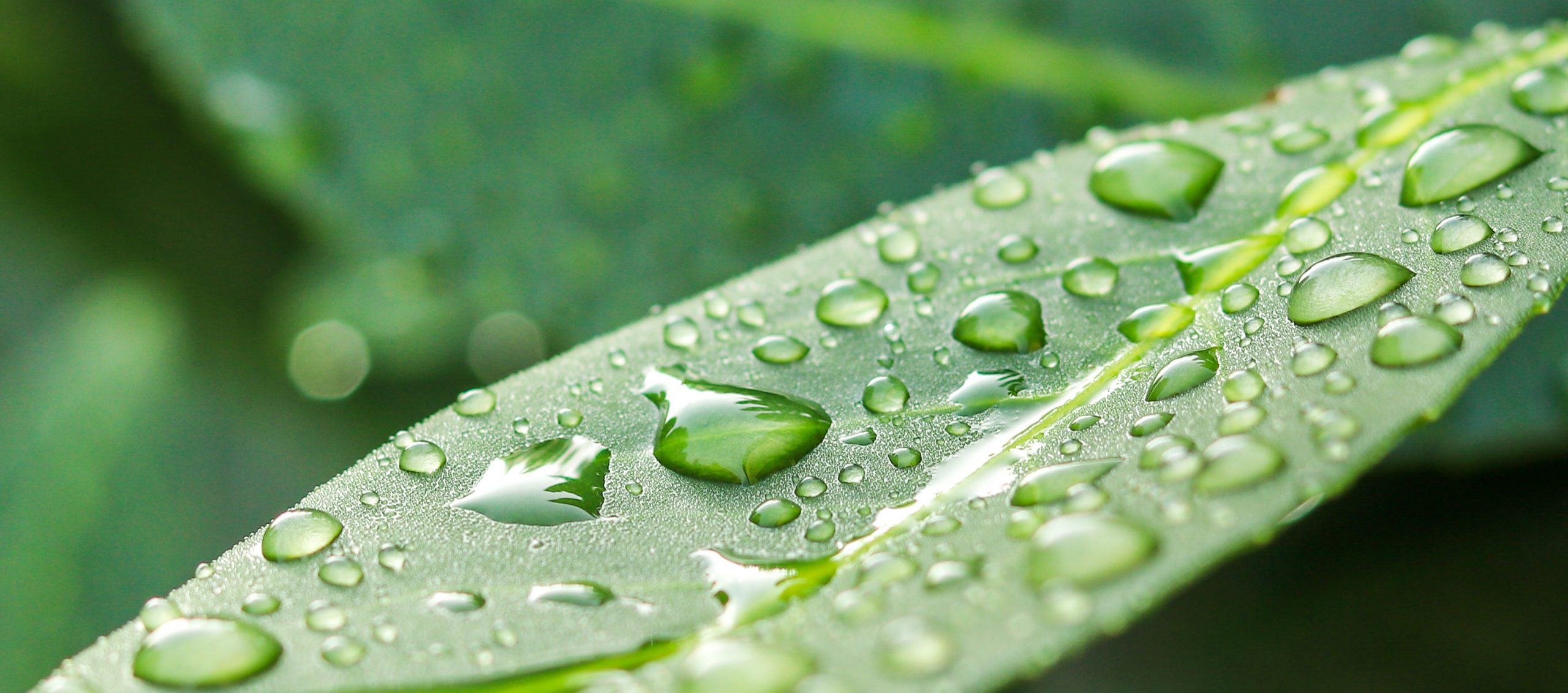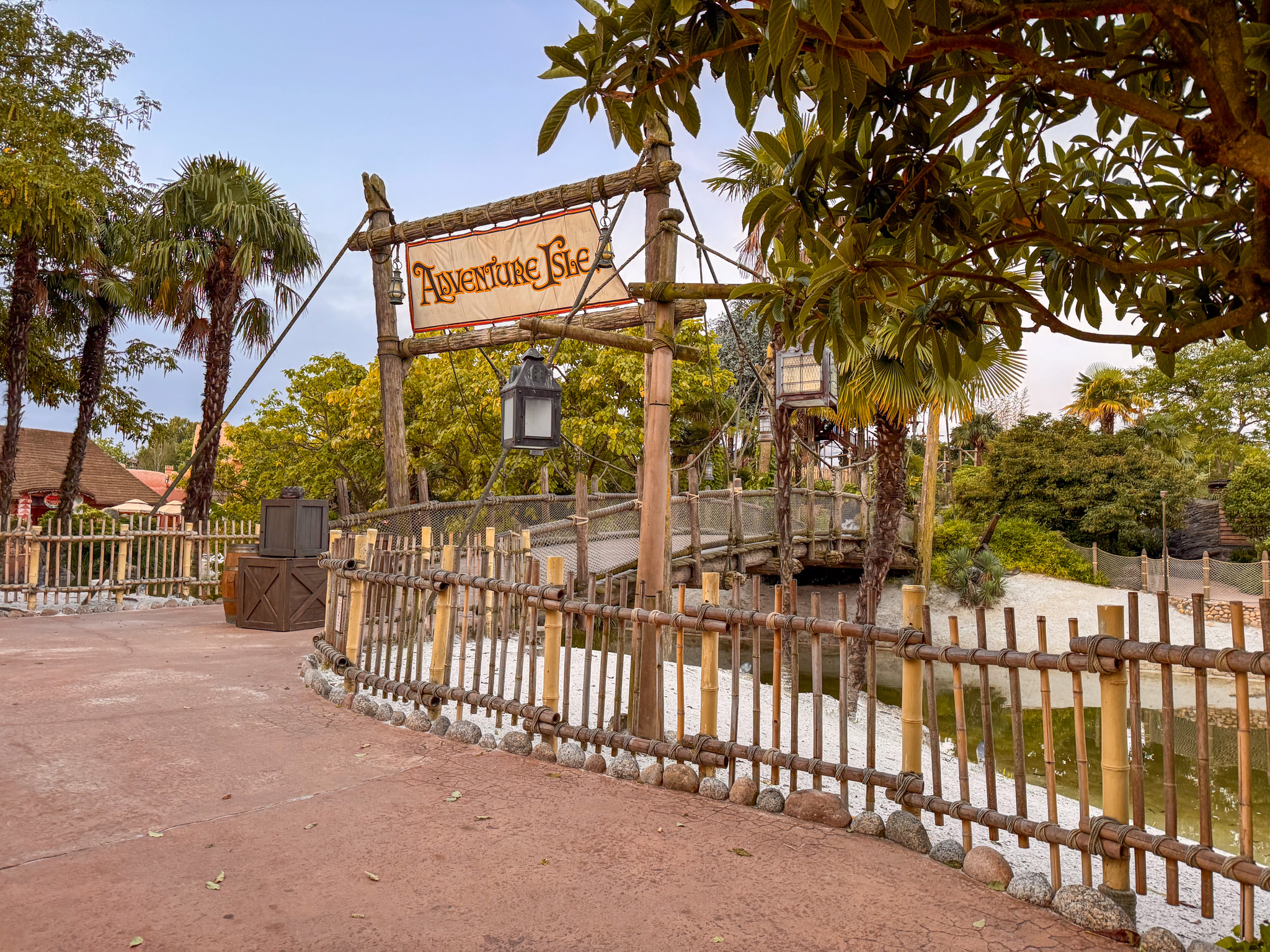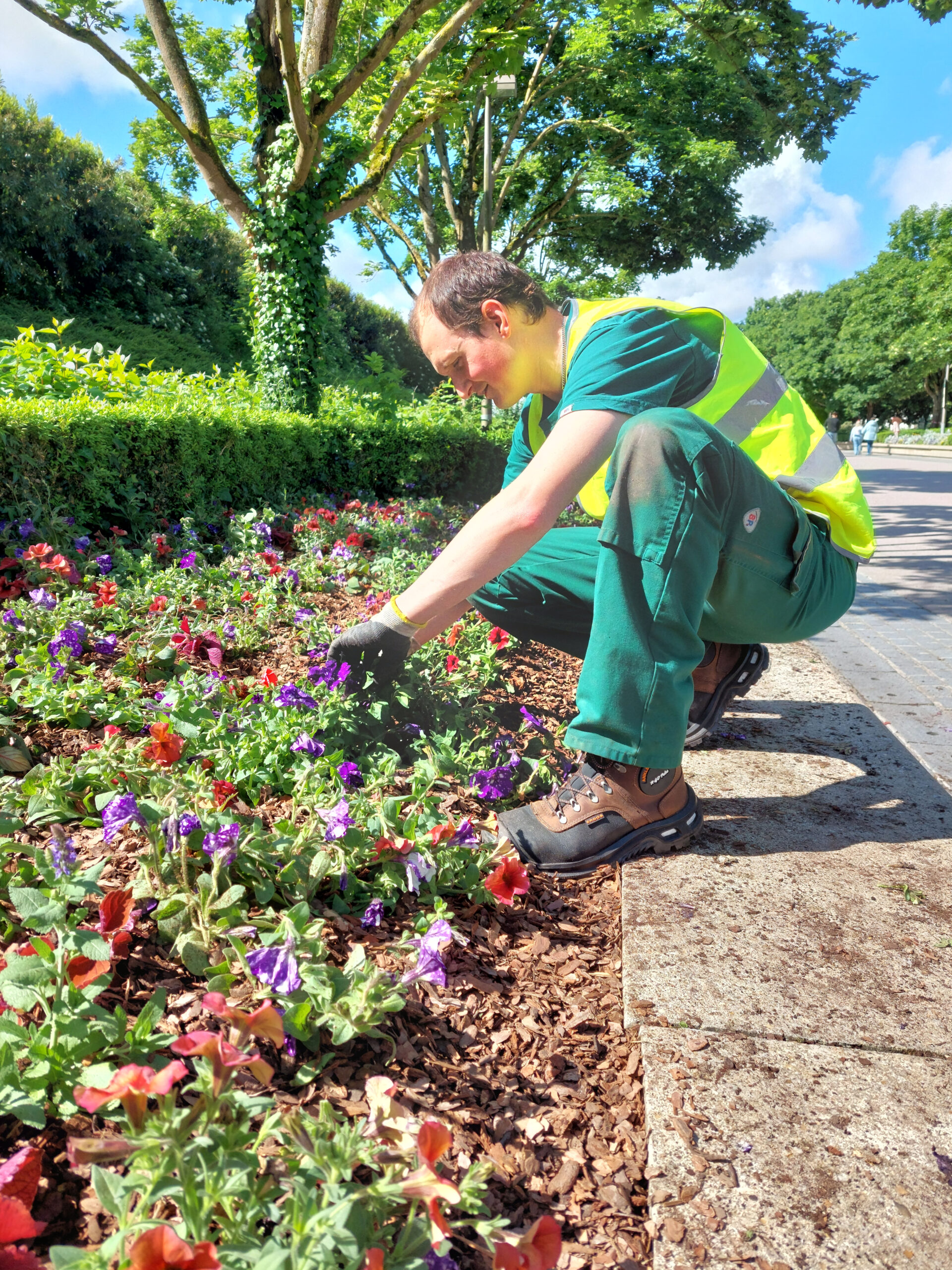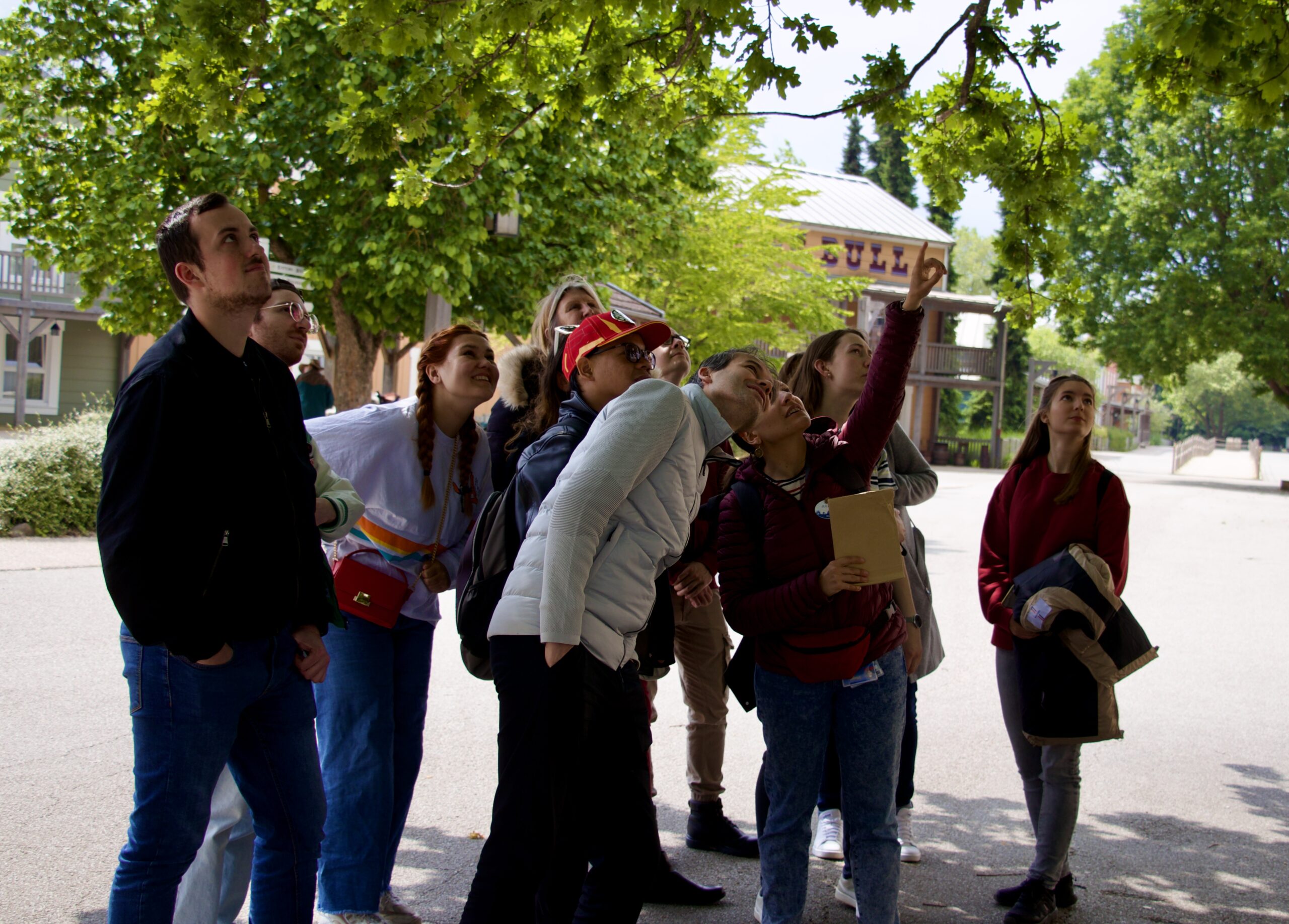OUR COMMITMENT TO THE ENVIRONMENT
As storytellers and memory makers, we’re committed to leaving a positive environmental legacy for future generations. This commitment goes back to the founding of The Walt Disney Company nearly 100 years ago.
As Europe’s leading tourist destination, Disneyland Paris has an impact on the environment due to its large number of guests and activities. That’s why it is crucial for us to reduce our ecological footprint, both direct and indirect, as well as our consumption by translating our awareness into tangible actions and projects.

Ongoing and scheduled projects enable us to have a holistic approach to improve our environmental footprint in every field of activities specific to our destination.
Disneyland Paris has a significant presence in the Val d’Europe region. As a community member, we have a responsibility to use our expertise and influence to help the transition toward a more sustainable future. We want to involve our stakeholders in this adventure and ensure a positive footprint on our planet and our society.
We have implemented specific actions and projects to nurture The Walt Disney Company 2030 environmental goals. They are specific to our location in France yet are aligned with the transversal strategies specific to our business.
EMISSIONS
We are working to reduce our emissions by identifying ways to improve efficiency, reduce energy use, and use alternative low-carbon fuels.
Greenhouse gas emissions from our direct operations (Scopes 1 and 2) derive primarily from energy use (Gas, fuel, electricity).
Greenhouse gas emissions from our indirect operations (Scope 3*) derive primarily from our Merchandise, Food & Beverage, Purchasing & Waste management operations.
* GHG Protocol definition excluding Guest travel
OF HEAT NEEDS COVERED EACH YEAR BY GEOTHERMAL ENERGY

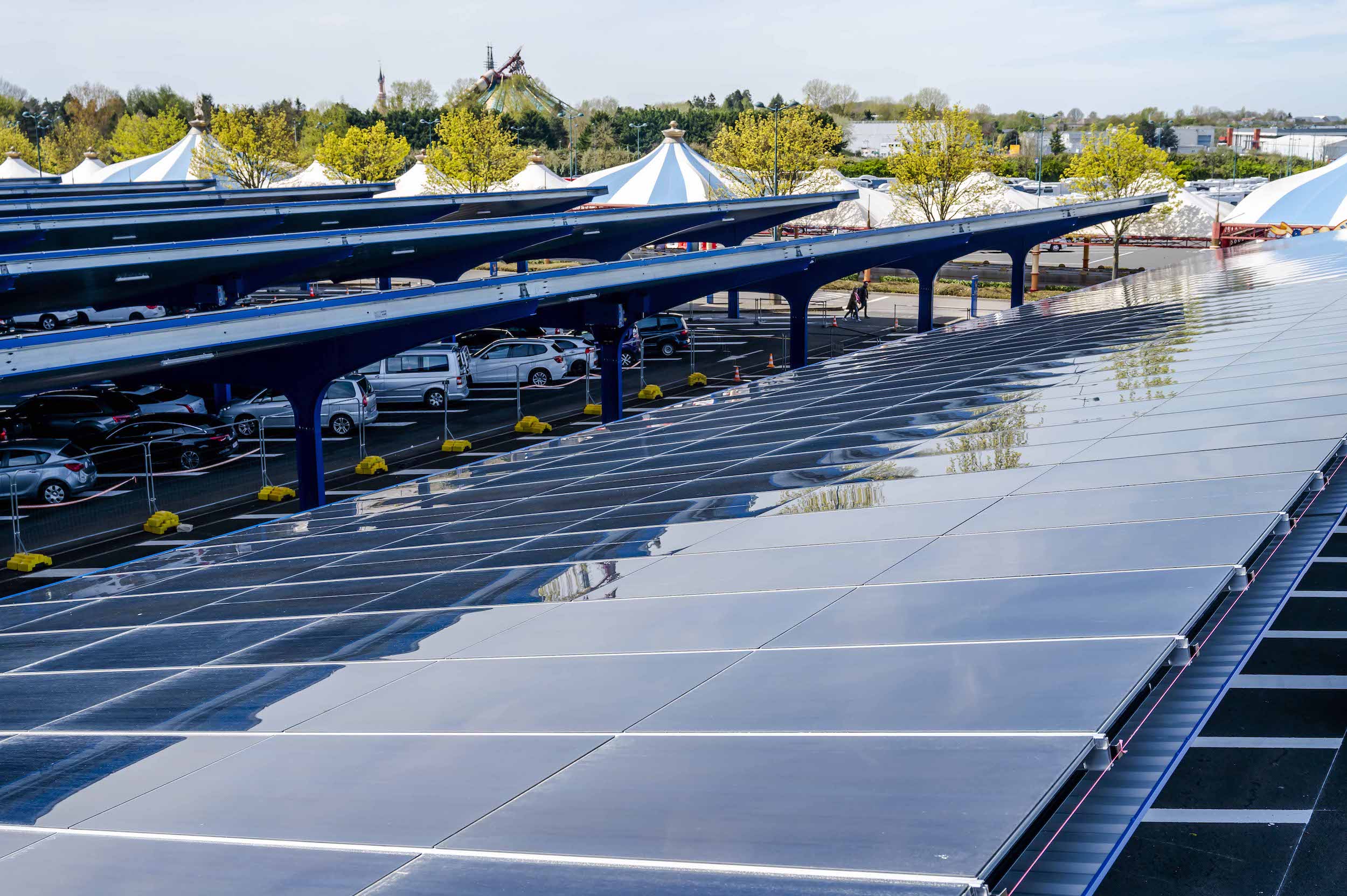
Disneyland Paris has been committed to energy efficiency for many years. In line with this commitment and with the Paris Climate Agreement, in 2022 we pledged to reduce emissions generated by our direct operations by 46.2% by 2030*.
Disneyland Paris aims also at reducing its indirect emissions (Scope 3) by 27.5% in particular operations that emit the most such as goods, services and food & beverage. To achieve these reductions, we have implemented an ambitious sustainable purchasing policy throughout our value chain.
By implementing small and large-scale sustainable projects, our ambition is not only to follow the regulations in the field but also to anticipate them in order to accelerate the decarbonation of our activities. To this end, we have completed in 2023 Europe’s largest solar canopy on our car park in 2020. With this in mind, we have also been using geothermal energy to cover 18% of our heating needs each year since 2017.
In addition to energy efficiency, we have implemented several measures to save energy.
*compared to 2019
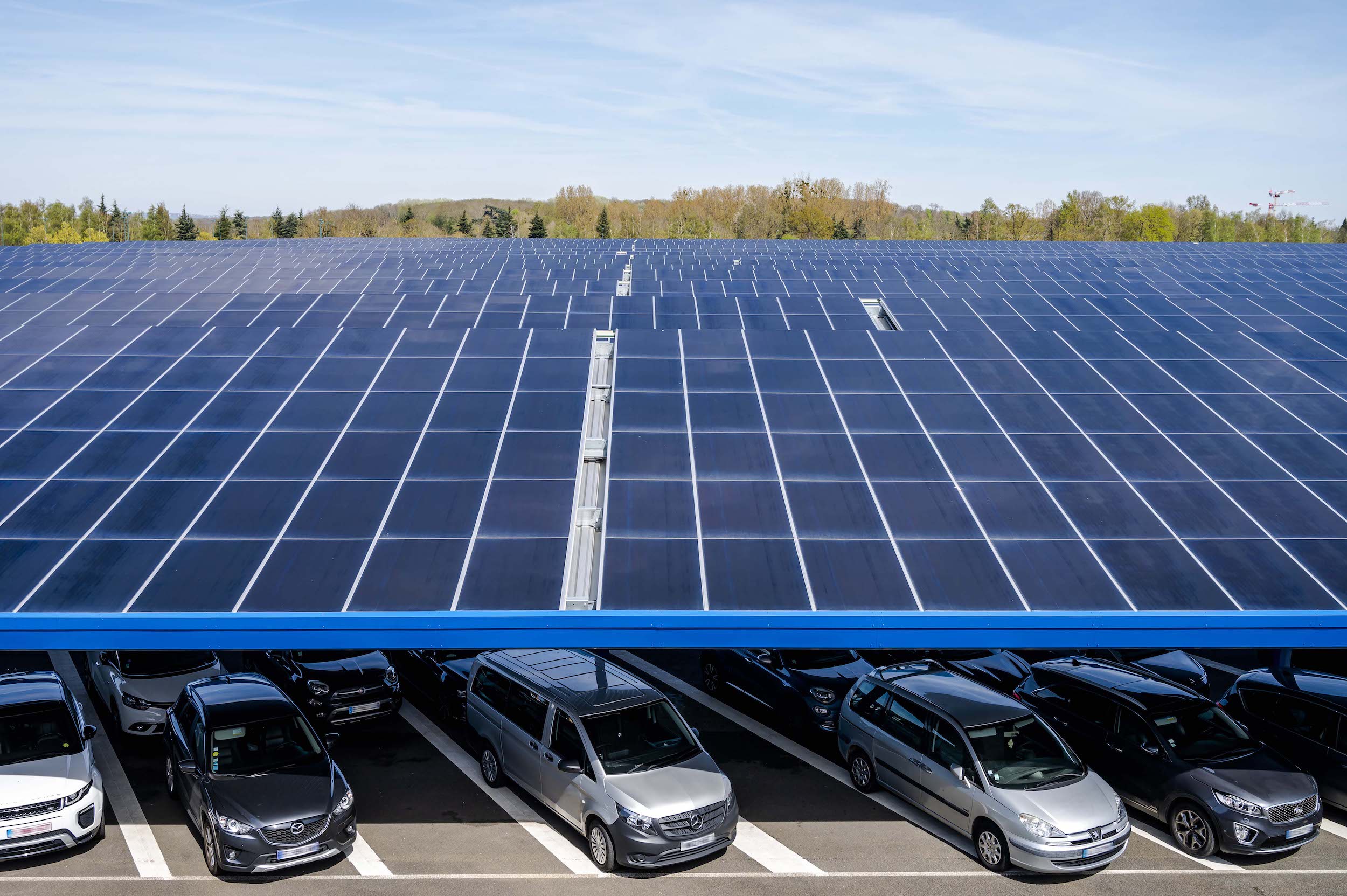
FOCUS ON EUROPE’S LARGEST SOLAR CANOPY PLANT
End 2023, Disneyland® Paris completed the construction of Europe’s largest solar canopy plant.
Developed through a co-investment with the French company Urbasolar, it covers no less than 11,200 parking spaces, not only for cars but also for camper vans and buses. It even provides additional enhancements for guests, including shade and shelter from direct sunlight, rain or snow.
This ambitious project produces 36 GWh/year, equivalent to the consumption of a town of 17,400 inhabitants. Thanks to this achievement, we aim to reduce greenhouse gas emissions by approximately 890 tons of CO2 per year in the Val d’Europe territory.
OF HOTELS LIGHTING EQUIPPED WITH LED
OF ATTRACTIONS LIGHTING EQUIPPED WITH LED IN AREAS OPEN TO GUESTS
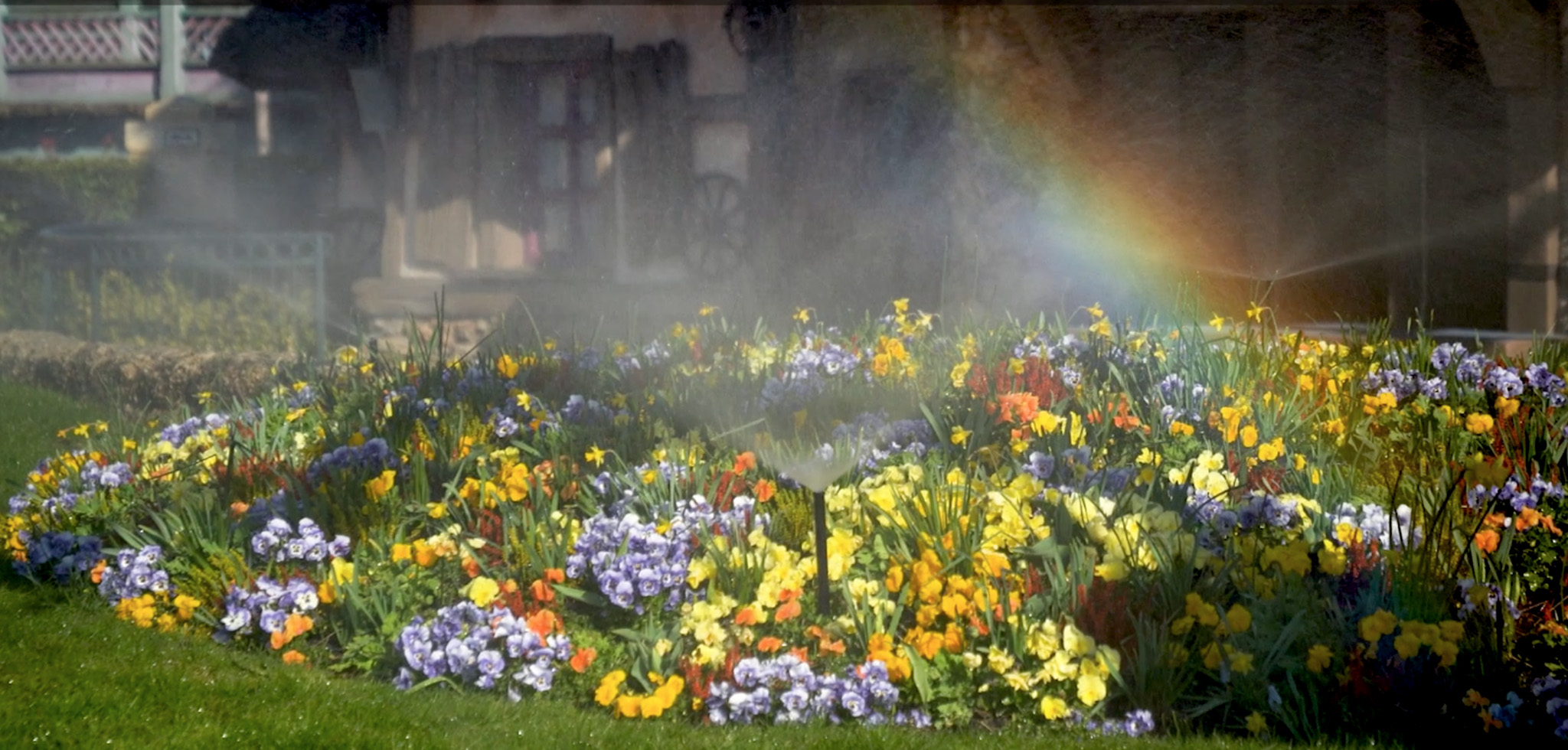
Thermo-refrigerating pump allowing Disneyland Paris to reduce its greenhouse gas emissions by 9%*
To further enhance energy efficiency, the resort will soon be equipped with a Thermo-refrigerating pump, which has the power to provide simultaneous heating and cooling.
Once the pump is fully installed, it will contribute to reducing the resort’s natural gas consumption by 14% and its heating needs – which are currently provided through the combined use of geothermal energy and natural gas – by 10%.
This cutting-edge machine will also make it possible to reduce the consumption of recycled water provided by the resort’s wastewater treatment plant by approximately 30,000 cubic meters. This saved water will be used to take care of green spaces and clean pathways.
*Scope 1 and 2
GREENHOUSE GAS EMISSIONS
HEATING NEEDS
NATURAL GAS CONSUMPTION

WATER
Water is essential to ecosystems, a vital resource for communities and a fuel for our operations.
We ensure to make the best use of drinking water and to develop alternative solutions to collect rainwater and reuse existing water.

A WASTEWATER TREATMENT PLANT TO REDUCE WATER CONSUMPTION
Our work to reduce by 10% our water consumption by 2030 is based on reuse initiatives as well as on our awareness- raising actions.
Disneyland Paris was the first theme park in Europe to equip itself with its own wastewater treatment plant in 2013. This plant collects up to 3,500 m3 of wastewater per day from both parks, purifies it and treats it to produce clean and high-quality water.
This water is then used to clean the roads and irrigate the flowerbeds.
REDUCTION IN DRINKING WATER CONSUMPTION BETWEEN 2012 AND 2023
OF DRINKING WATER SAVED SINCE 2013
MATERIALS, WASTE AND CIRCULAR ECONOMY
By reducing the amount of waste we generate, reusing what we can, and recycling materials that are damaging to ecosystems, we aim to reduce biodiversity loss, pollution and greenhouse gases, while protecting local communities.
We have developed partnerships and collaborations to create awareness and implement activities aligned with a more circular economy.
In line with The Walt Disney Company 2030 goals, Disneyland Paris has developed a series of waste management initiatives to reduce, reuse, recycle, donate, and encourage behavior change initiatives with our Guests and employees to divert as much material as possible.
DIVERSION FOR CONSTRUCTION WASTE


While we are proud of the progress we have made, we are committed to doing more. We have a responsibility to protect the ecosystems and local communities, as well as minimize our global environmental footprint. This will require the strict implementation of our sustainable purchasing policy, as well as the ongoing commitment of our Cast Members and Guests to move us closer to a world without waste.
In accordance with French and European regulations on anti-waste and the circular economy, Disneyland Paris have deployed relevant measures across the resort such as the implementation of reusable tableware at quick service restaurants. 19 locations are concerned: Café Hyperion, Cable Car Bake Shop, Casey’s Corner, Au Chalet de la Marionnette, Colonel Hathi’s Pizza Outpost, Pizzeria Bella Notte, Cowboy Cookout Barbecue, Fuente Del Oro Restaurante, Restaurant Hakuna Matata, Last Chance Café, Market House Deli, Toad Hall Restaurant, Victoria’s Home-Style Restaurant, The Gibson Girl Ice Cream Parlour, Super Diner, Stark Factory, Restaurant En Coulisse, New York Style Sandwiches, Sports Bar.
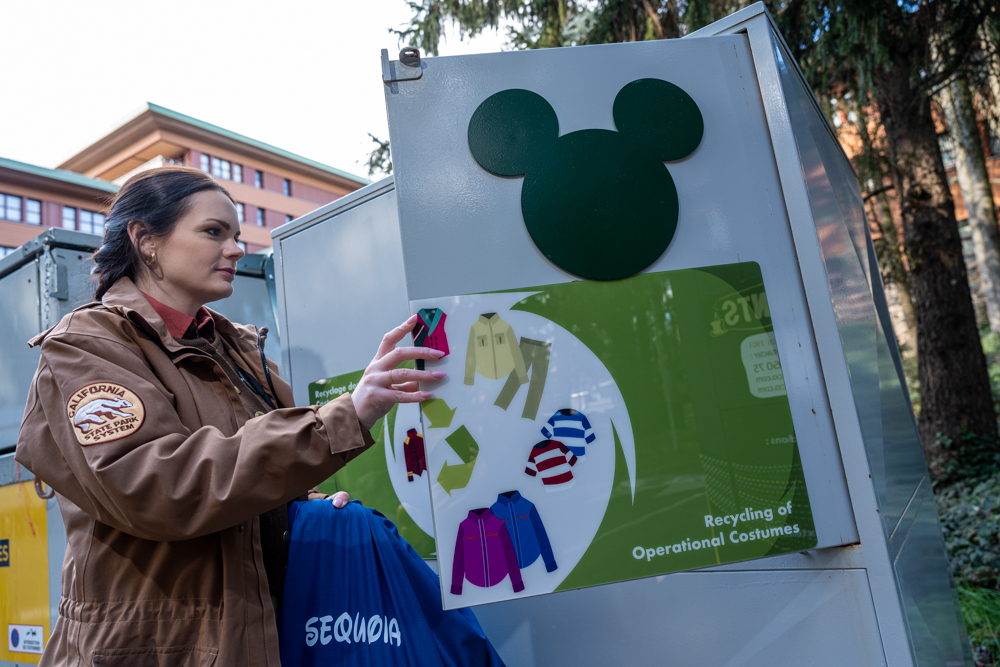
OUR RECYCLING AND UPCYCLING PROJECTS IN LINE WITH OUR DNA
Among its 18 000 Cast Members, Disneyland Paris counts thousands of employees working in operational areas, accounting for a significant amount of clothing. To reduce our environmental footprint, we are committed to a costume recycling policy in order to reuse the fabric from costumes once they can no longer be worn.
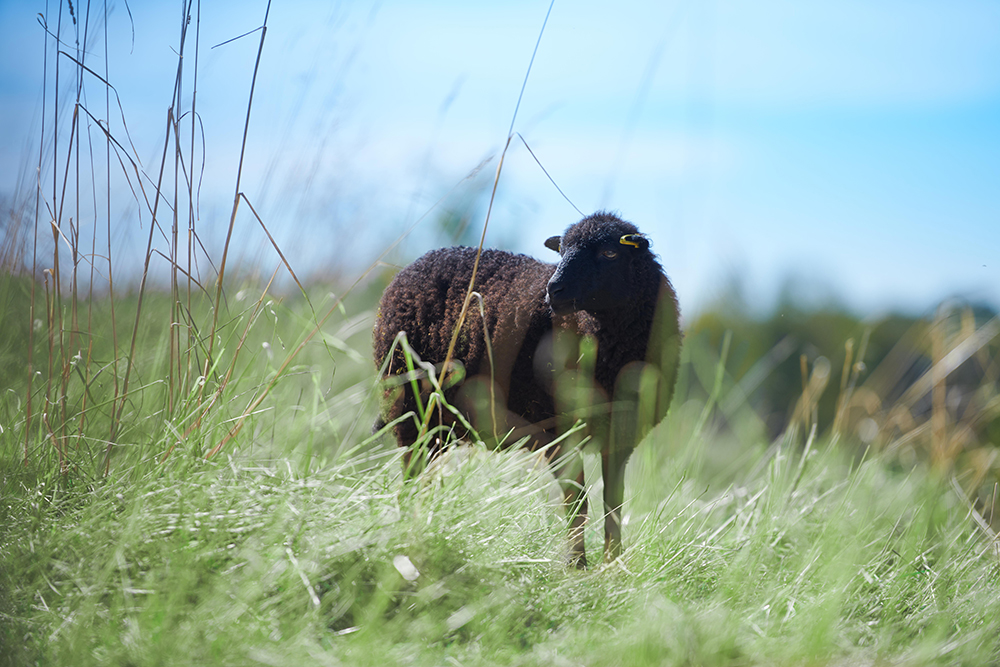
BIODIVERSITY
Human activities cause numerous and significant impacts on biodiversity. We are committed to protecting biodiversity by implementing strategies to conserve and restore the natural habitats on our lands, and by educating our guests and Cast Members about the importance of biodiversity conservation.
of meadows, wastelands, and undergrowth grazed by sheeps
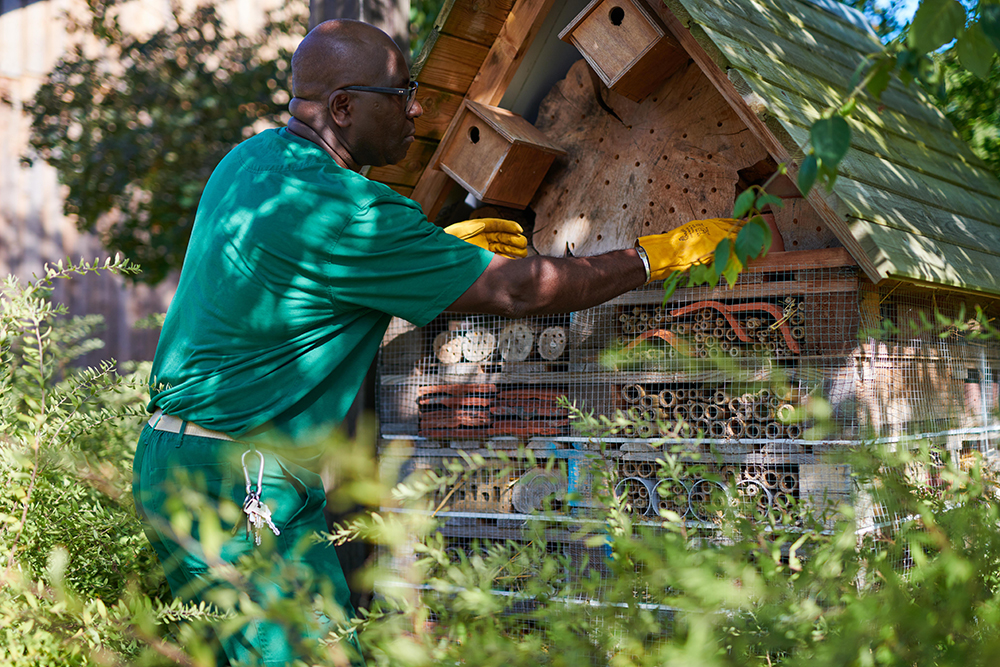
Disneyland Paris has long been committed to promoting the enrichment of biodiversity within the resort and aims to raise awareness among children and adults of the importance of environmental preservation.
The Landscaping team, cares for the 330,000 shrubs and bushes, 7,400 m2 of flowerbeds, 33,000 trees, more than 20 varieties of fruit trees and over 50 species of wildflowers and plants on a daily basis. The park is also home to many species, including numerous insects, 15 unique species of butterfly, and various species of fish found in the Disney Village lake.
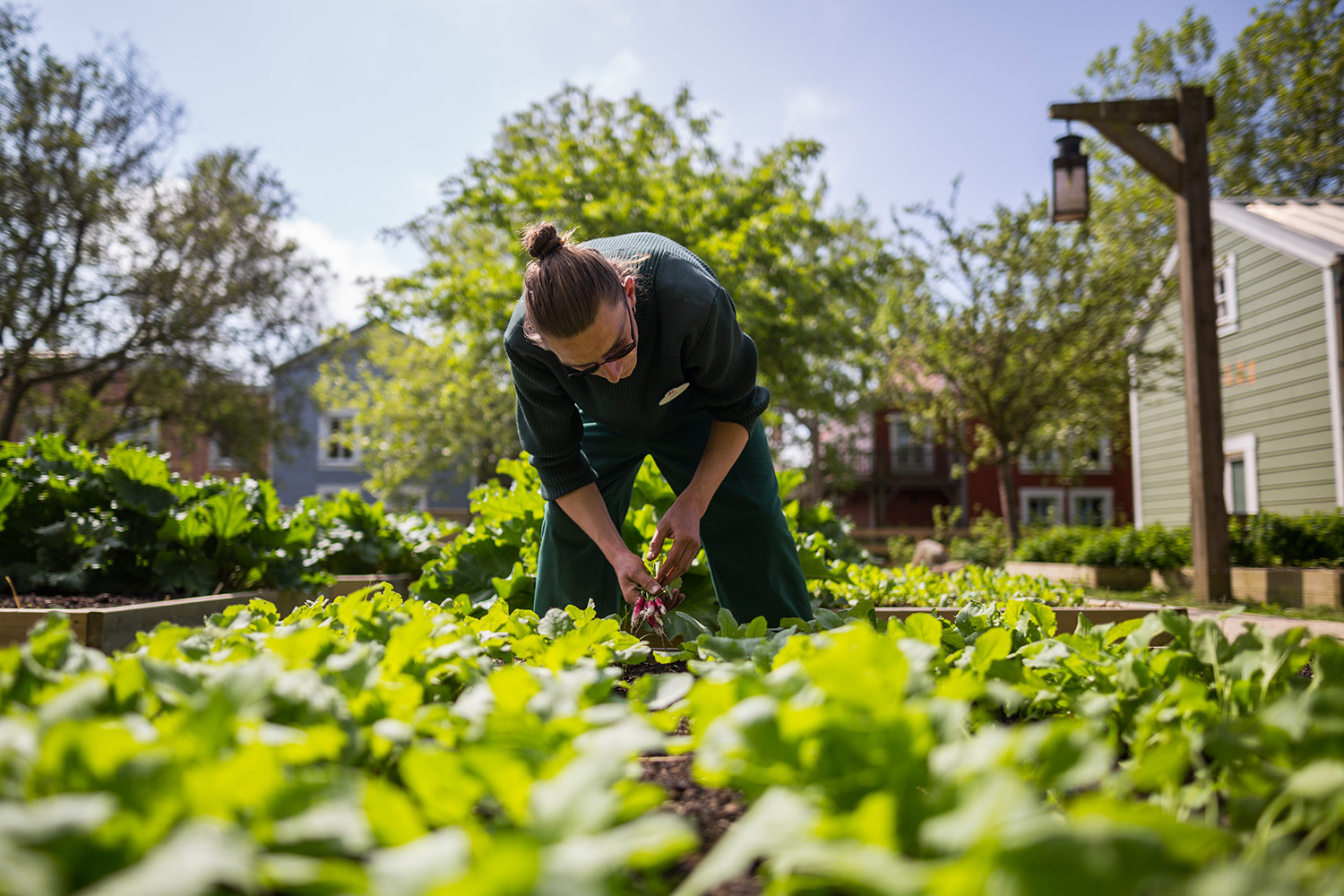
RÉMY’S VEGETABLE GARDEN
The Disney Hotel Cheyenne has its own vegetable garden, with 245 m2 of cultivated area out of a total surface area of 470 m2. The production is for the use of guests staying at the Disney Hotel Cheyenne. The Landscaping and Environment teams have worked with a local ESAT to completely redesign the garden and prepare the seedlings.
HECTARES OF GREEN SPACES
CAST MEMBERS IN THE LANDSCAPING TEAM
of vegetable garden
DISCOVER THE WALT DISNEY COMPANY ENVIRONMENTAL COMMITMENTS
Our energy saving efforts here at Disneyland Paris are part of a company-wide commitment to the environment. Together we’re taking action to reduce our environmental footprint, care for wildlife and their habitats, and create stories that inspire optimism for a more sustainable future.
